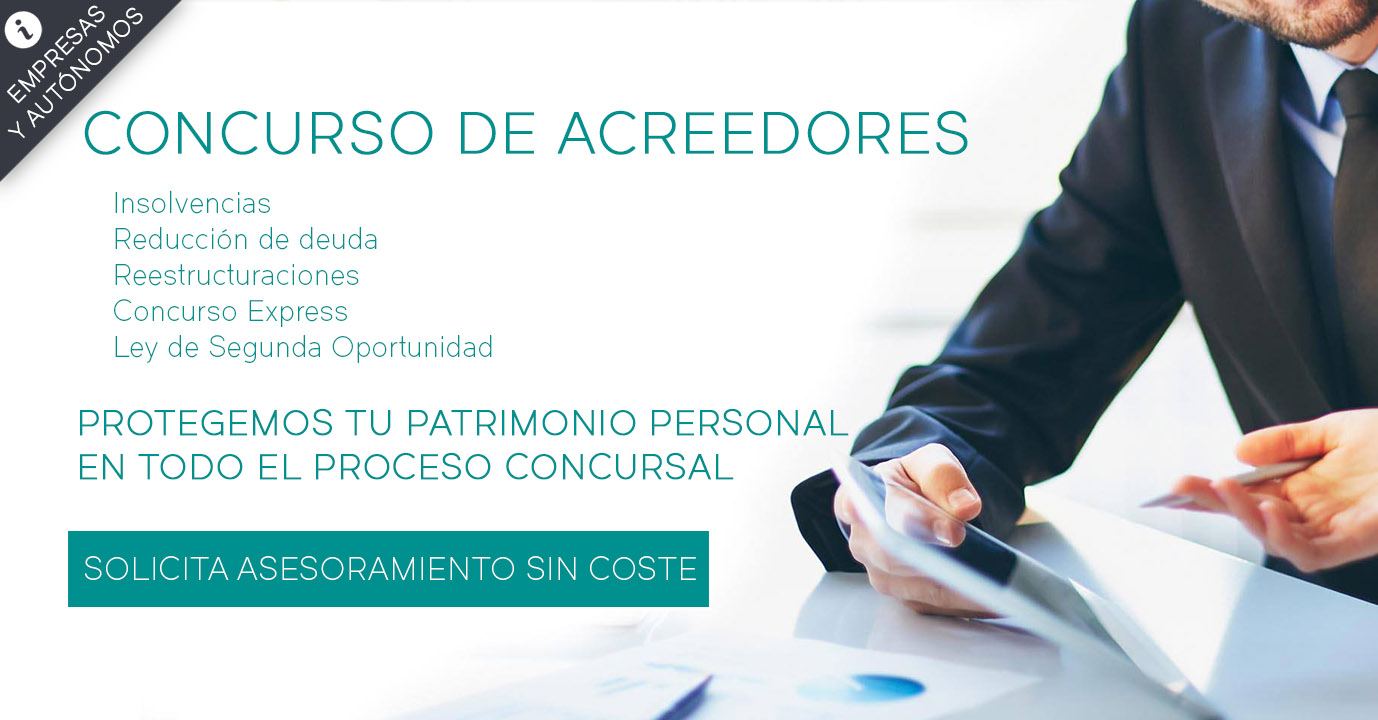Temporary disability due to common contingencies

Temporary disability due to common contingencies and Temporary disability due to professional contingencies.
As everyone knows, companies and workers must pay the corresponding contributions to the Social Security (common contingencies, AT EP).
The Entrepreneur is the one who, in addition to paying the corresponding business quota, will deduct the corresponding quotas from their payroll for the payment of Social Security.
These Social Security contributions cover the following items:
Common Contingencies:
It is that situation in which a worker finds himself unable to carry out his professional activity, for having suffered an accident or illness not caused in the field employment, and for which he receives assistance from the Public Health System.
Professional contingencies:
It is that situation in which a worker finds himself unable to carry out his professional activity, for having suffered an work accident or occupational disease.
What is considered an accident at work?
Art. 156 of the Consolidated Text of Social Security establishes what is considered an accident at work:
- Injuries suffered by the worker during the time and in the workplace.
- Injuries suffered by the worker when going to and returning to the workplace
- Accidents that occur as a consequence of carrying out tasks that, although unrelated to the professional activity carried out by the worker, are carried out in compliance with what is ordered by the employer
- Those that occur in a salvage or similar situation, when connected to work
- Illnesses contracted by the worker as a consequence of the professional activity he carries out
- Diseases or defects, previously suffered by the worker, that are aggravated as a consequence of the injury constituting the work accident.
- The consequences of the accident that are modified in nature, duration, severity or termination, due to intercurrent diseases, which constitute complications derived from the pathological process determined by the accident itself or have their origin in conditions acquired in the new environment in which the patient has been placed for healing.
Likewise the art. 157 of the same legal text defines what is considered an professional disease:
«the contracted as a result of the work carried out by someone else in the activities specified in the table approved by the provisions of application and development of this law, and that it is caused by the action of the elements or substances that are indicated in said table for each occupational disease.»
Temporary disability due to professional contingencies
The economic benefit provided for temporary disability caused by professional contingencies replaces the loss of salary by the worker due to being disabled.
During this situation, the employment contract is suspended, whereby the obligations that the worker must perform cease, but the employer must continue paying social security contributions.
The benefit consists of a subsidy whose amount is calculated based on the regulatory base and the percentages applicable to it.
The regulatory base in case of temporary disability due to professional contingencies is the sum of:
- The contribution base for professional contingencies of the month prior to the leave divided by the number of days that the contribution includes (30 if you have a monthly salary; 28,29,30 or 31 if you have a daily salary)
- The contribution for overtime from the previous year, divided by 365 days.
The percentage applicable to this regulatory base in case of temporary disability due to professional contingencies will be 75% from the day the birth occurs from the right.
However, it is essential to consult the Collective Agreements applicable to each specific case, given that in many of them the company is expected to assume the difference between the recognized benefit and the 100% of the regulatory base.
The payment of the benefit must be made from the day following the worker’s leave. This payment must be paid in full by the employer, however it is a delegated payment, that is, the employer will later recover this benefit from the Mutual Society collaborating with Social Security.
Temporary disability due to common contingencies
As with temporary disability due to professional contingencies, the benefit will be calculated based on the regulatory base and the percentages applied to it.
The regulatory base of the temporary disability benefit for common contingencies is the result of dividing the amount of the worker’s contribution base for common contingencies of the month prior to the leave by the number of days to which that contribution refers (30 if the worker has a monthly salary; or 28, 29, 30 or 31 if he has a daily salary).
However, if the worker enters the company the same month in which the leave begins, the contribution base for that month will be taken to calculate the regulatory base, divided for the days that have been quoted.
Regarding the percentage, in case of illness or non-work accident, they will be:
- 60% from the 4th day of leave up to and including the 20th day.
- 75% from the 21st day of discharge.
The payment in this case must be made from the 4th day from the date of leave due to temporary disability.
This payment will be borne by the employer from the 4th to the 15th day of sick leave, and from the 16th day the National Institute of Social Security or the mutual collaborator with Social Security, where appropriate, although the payment continues to be made as a payment delegated by the company.
Any change in the worker’s affiliation (dismissal, termination, voluntary withdrawal) must be properly communicated to the Mutual Collaborator of the Social Security, or to the Security Social.
In the event that the company does not comply with the obligation to pay the delegated payment of these benefits, the worker may request direct payment from the collaborating Mutual Company.
25/10/2017



















